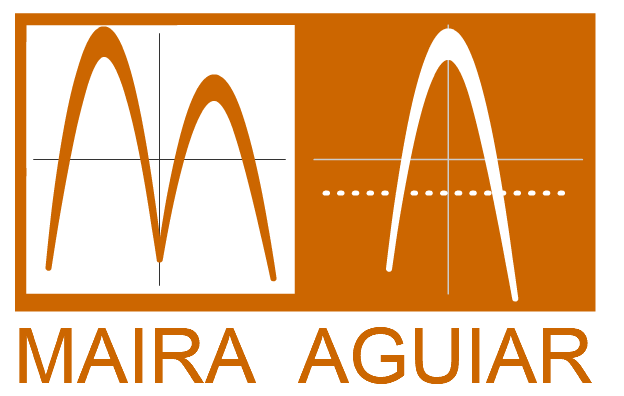[16] Stollenwerk, N., Aguiar, M., Mateus, L., Rocha, F., Skwara, U. and Ghaffari, P. (2015). Prediction and predictability in population biology: noise and chaos. Mathematical Modelling of Natural Phenomena, 10(2): 142-164.
[15] Aguiar, M., Rocha, R., Pessanha, J.E.M., Mateus, L. and Stollenwerk, N. (2015). Carnival or football, is there a real risk for acquiring dengue fever in Brazil during holidays seasons. Scientific Reports, 5: 8462
[14] Aguiar, M., Paul, R., Sakuntabhai, A. and Stollenwerk, N. (2014). Are we modeling the correct data set? Minimizing false predictions for dengue fever in Thailand. Epidemiology and Infection, 142(11), 2447-2459.
[13] Kooi W. B., Aguiar, M. and Stollenwerk, N. (2014). Analysis of an asymmetric two-strain dengue model. Mathematical Biosciences 248: 128-139.
[12] Rocha, F., Aguiar, M., Souza, M. and Stollenwerk, N. (2013). Time scale separation and center manifold analysis describing vector borne diseases dynamics. International Journal of Computer Mathematics, 90(10): 2105-2125.
[11] Aguiar, M., Kooi, W.B., Rocha, F., Ghaffari, P. and Stollenwerk, N. (2013). How much complexity is needed to describe the fluctuations observed in dengue hemorrhagic fever incidence data? Ecological Complexity, 16: 31-40.
[10] Kooi W.B., Aguiar, M. and Stollenwerk, N. (2012). Bifurcation analysis of a family of multi-strain epidemiological models. Journal of Computational and Applied Mathematics, 252: 148-158.
[9] Aguiar, M., Stollenwerk, N. and Kooi, W.B. (2012). Scaling of stochasticity in dengue hemorrhagic fever epidemics. Mathematical Modelling of Natural Phenomena, 7(3): 1-11.
